In Photos: Ancient City Discovered in Iraq
Ancient city
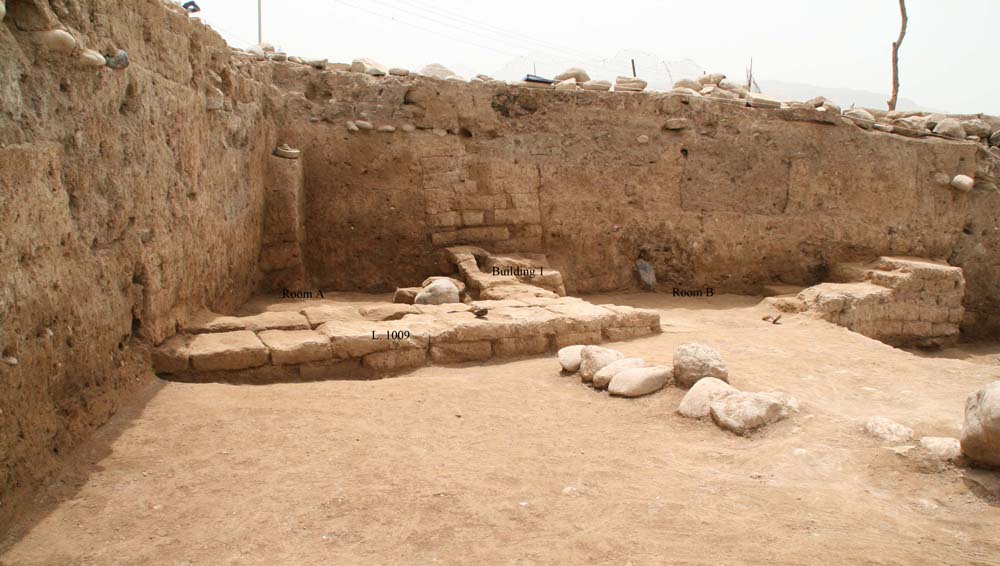
Archaeologists in the Kurdistan region of northern Iraq have discovered an ancient city that was called “Idu.” The site was occupied as far back as the Neolithic period, when farming first appeared in the Middle East, and the city reached its greatest extent between 3,300 and 2,900 years ago. The building shown here is a domestic structure, with at least two rooms, that may date to relatively late in the city’s life, perhaps around 2,000 years ago when the Parthian Empire controlled the area.
About the people

Among the discoveries archaeologists have made are cuneiform inscriptions and works of art that tell of the palaces that flourished in the city throughout its history. This particular work of art shows a horse wearing a headstall being led by a man in a short robe. The inscription, seen above and below the image, reads “Palace of Ba’auri, king of the land of Idu, son of Edima, also king of the land of Idu.” This indicates that it was created around 3,000 years ago when Idu was the center of an independent kingdom.
A sculpture for the King
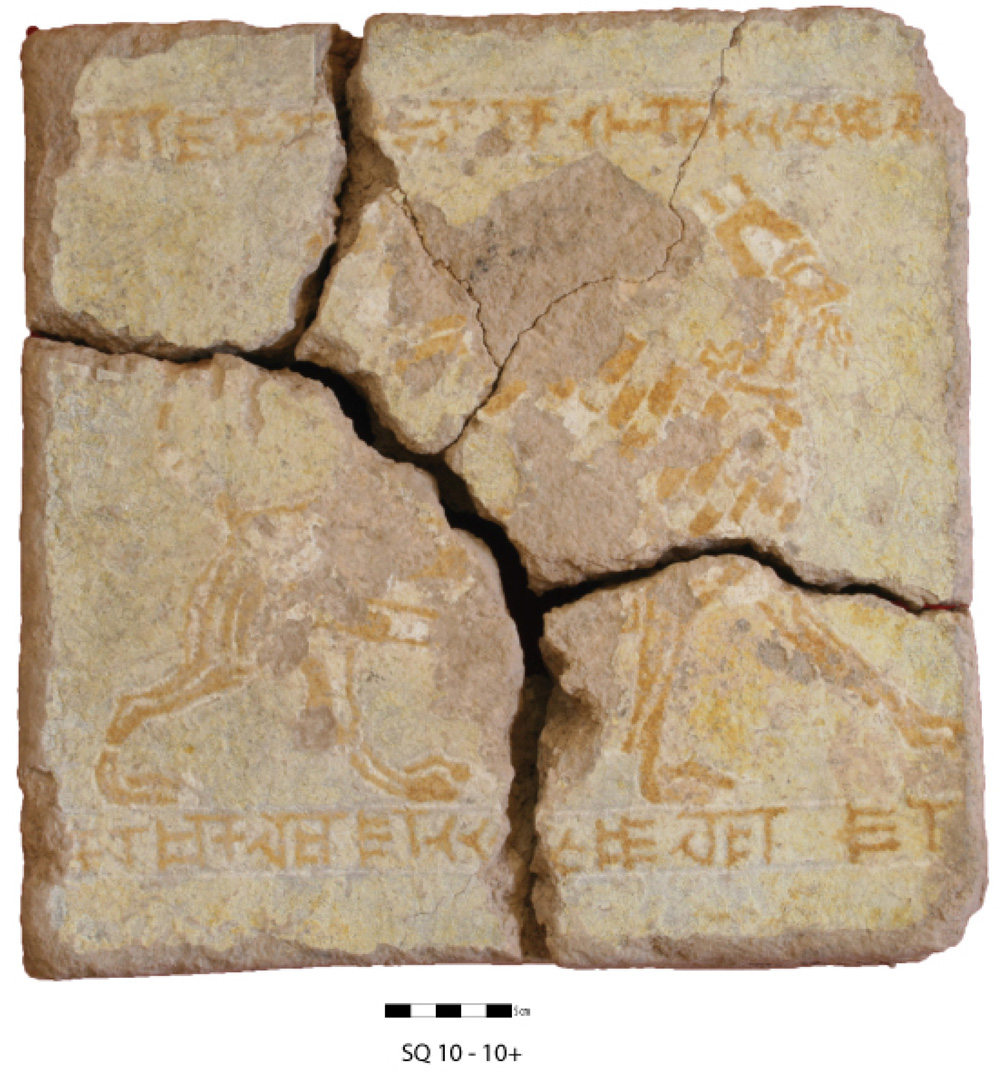
This work shows a bearded sphinx with a human male head and the body of a winged lion. Found in four fragments it was also created for King Ba’auri and has almost the exact same inscription as the depiction of the horse.
A mythical scene depicted

This cylinder seal dates back around 2,600 years, to a time after the Assyrians had re-conquered Idu. The seal, which originally may have been from a palace, would show a mythical scene if it was rolled on a piece of clay (reconstructed here in this image). It depicts a crouched bowman, who may be the god Ninurta, facing a griffon. A lunar crescent (representing the moon god), an eight-pointed morning star (representing the goddess Ishtar) and a palmette are all readily seen.
Palace of Assurnasirpal
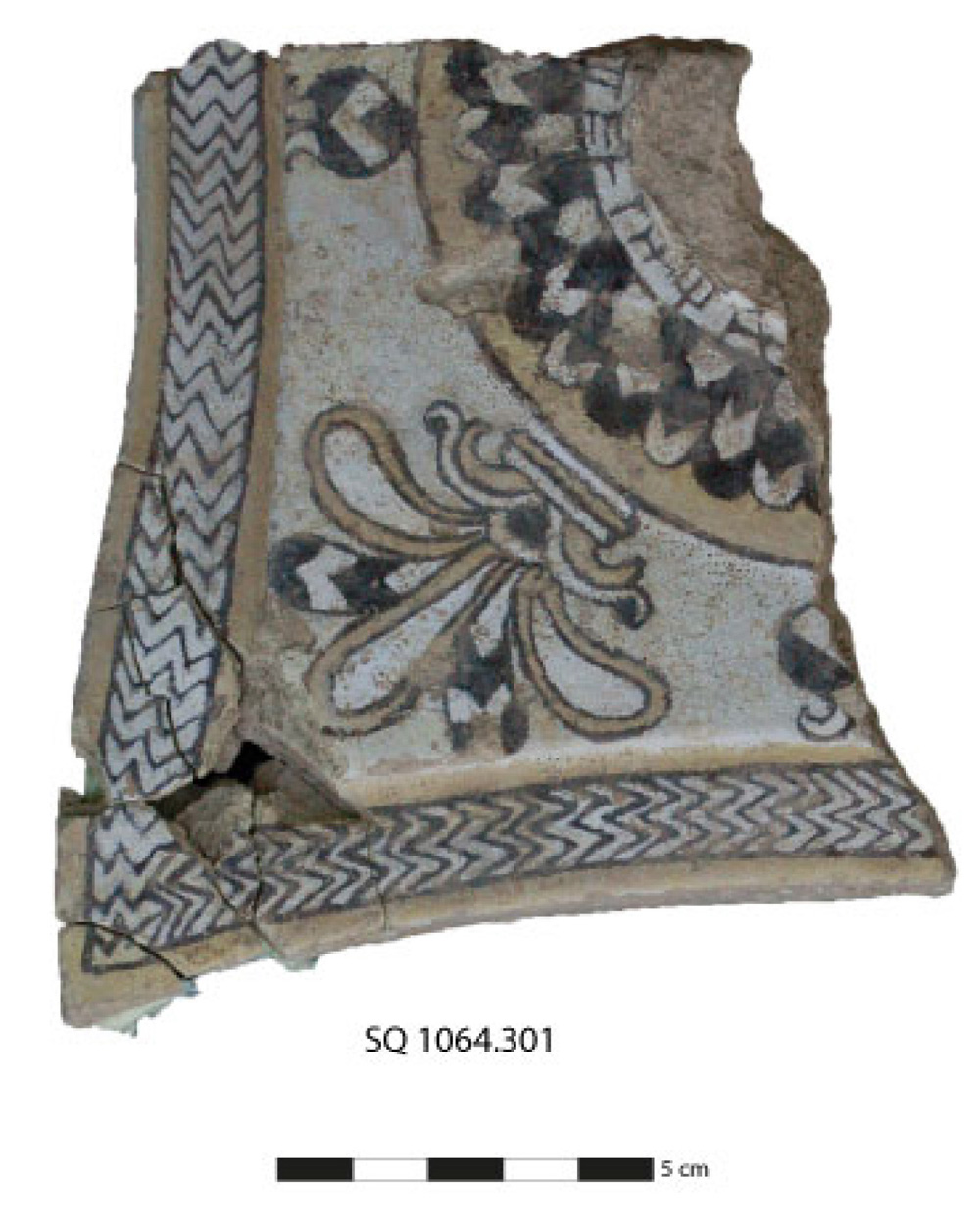
This piece of a plaque bears part of an inscription which reads “Palace of Assurnasirpal, (king of the land of Assur).” Researchers determined that it was created for Assurnasirpal II (883-859 BC) and that he, or one of his governors, must have had a palace built or rebuilt after the Assyrians had re-conquered Idu. The decorations, whose colors are still preserved, include a palmette, pomegranates and zigzag patterns.
A curious artifact
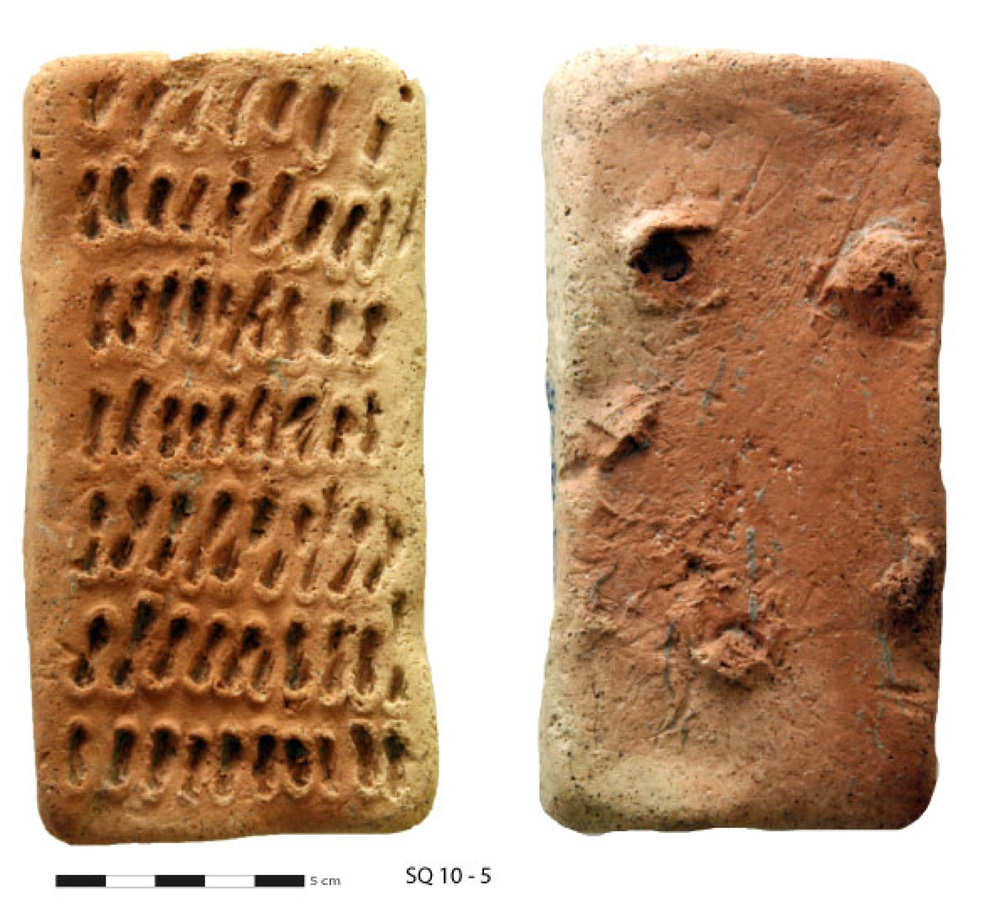
This curious artifact is a clay model of a bed, something which has been found at other sites in the Middle East. Researchers say that models like these were particularly popular around 4,000 years ago but were used as recently as about 2,000 years ago. Team member Cinzia Pappi told LiveScience in an email that “scholars have suggested several theories about the function of similar models. It is likely that they reflect practices of private, household religion.”
City of Idu

The ancient city of Idu is now part of a Tell (a mound created by human occupation) that rises about 32 feet (10 meters) above the surrounding plain. The modern day name of the site is Satu Qala and a village lies on top of the Tell. In 1987 Saddam Hussein’s forces attacked and partly burnt the village as part of a campaign against the Kurds. Signs of this attack were still visible to the archaeologists.
Get the world’s most fascinating discoveries delivered straight to your inbox.
Ancient and modern collide
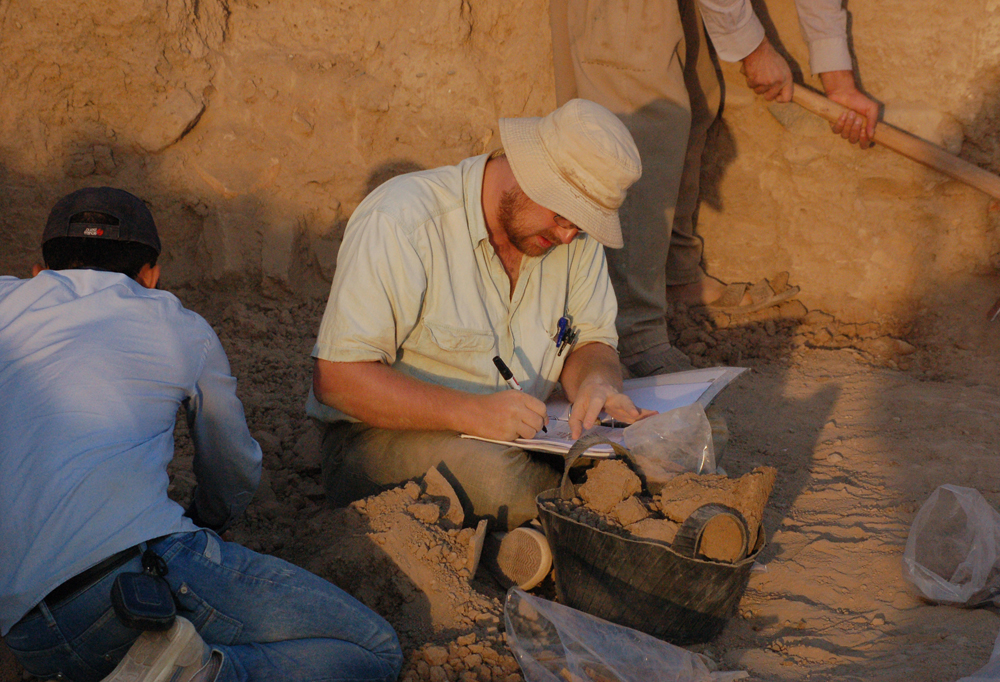
Excavations were conducted at the site in 2010 and 2011. Before wide-scale digs continue an agreement will have to be reached between the modern day villagers and the Kurdistan Regional Government that would allow for some of the houses to be removed. This photograph shows archaeologists at work, excavating and recording finds.
Continuing to learn
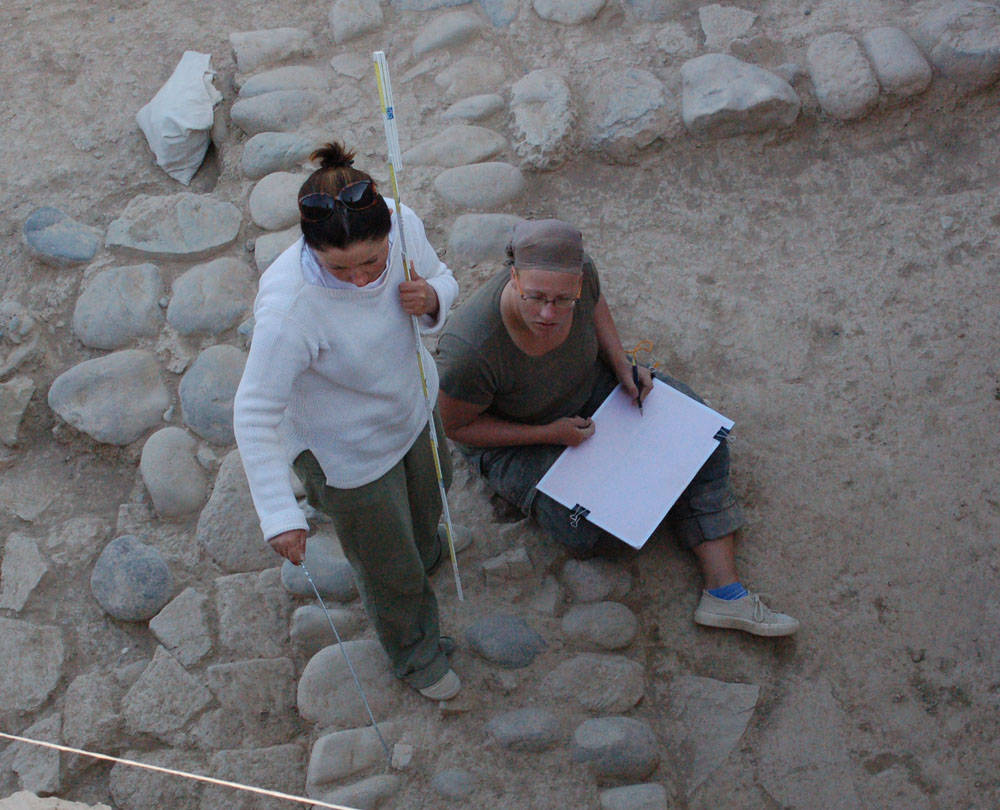
In the meantime the archaeologists are busy analyzing artifacts already excavated. They also plan to survey the surrounding area to get a better sense of how large the kingdom of Idu was. This image shows team members recording finds at the site.

Owen Jarus is a regular contributor to Live Science who writes about archaeology and humans' past. He has also written for The Independent (UK), The Canadian Press (CP) and The Associated Press (AP), among others. Owen has a bachelor of arts degree from the University of Toronto and a journalism degree from Ryerson University.


